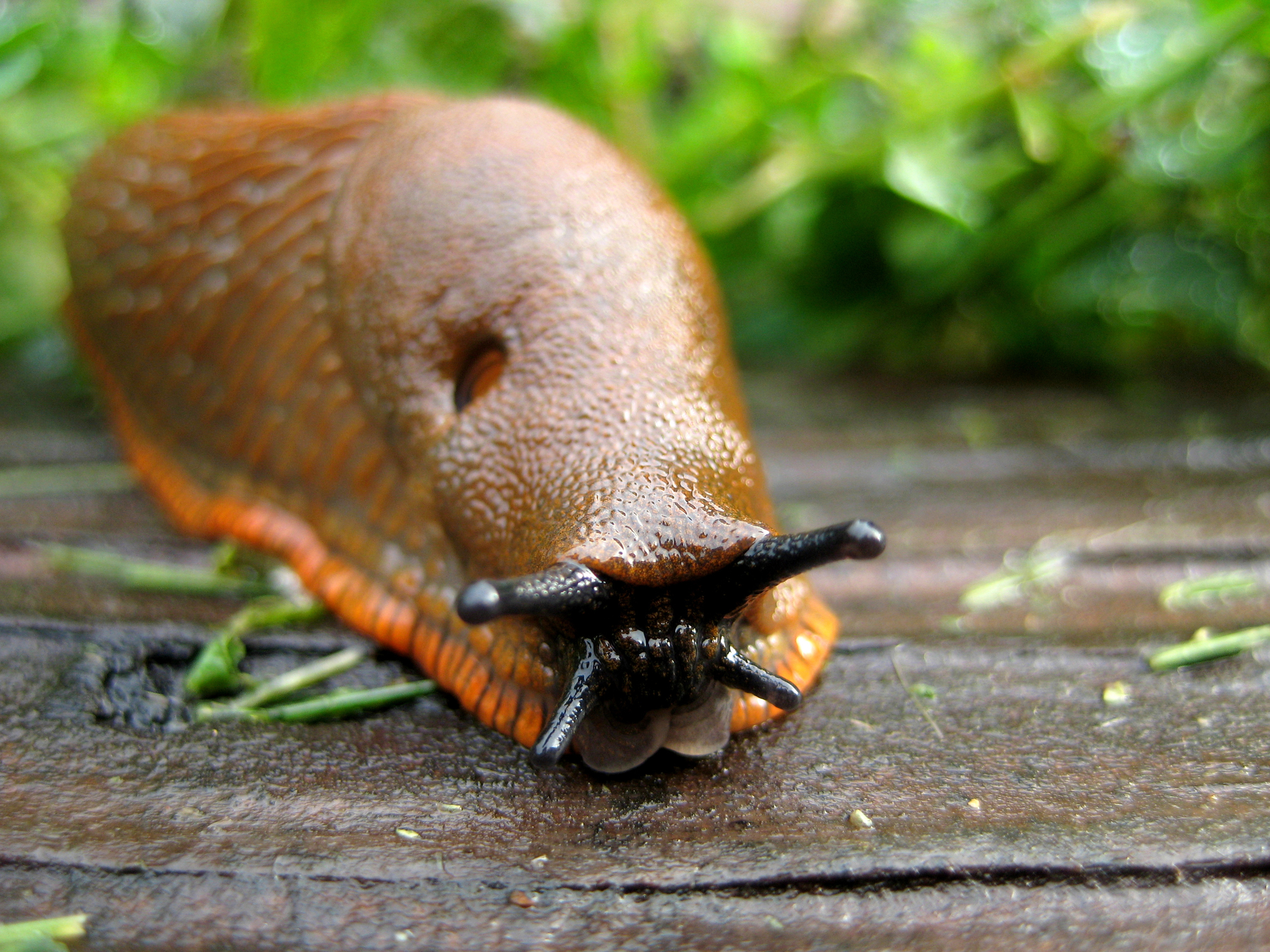
January is the month of trends. Just for fun, I googled Trends 2023 and came up with 4,330, 000,000 responses in 58 seconds. There were trends in fashion, in hairstyles, in make-up, in business, technology,real estate, housing design, interior design, food, wine, entertainment…the list went on and on. Twelve clicks later, I found what I was initially looking for, trends in Horticulture. Since there were still 6 million individual pages to peruse, I decided to pick just the top five and see what they had to say.
The next hour or so had me immersed in not only some fascinating new ideas to explore in 2023, but also some that reinforced the important role gardeners play in taking care of our planet. Each of the 5 sites had these 4 environmentally friendly trends at the top of their lists.
CLIMATE-RESILIENT GARDENS

No matter which terms they used, whether it was drought tolerant, water-smart, or dry gardening, all five emphasized the need for gardeners to choose plants and planting styles that are better adapted to our changing climate. In many parts of our country, unlimited irrigation is no longer an option. To compensate, gardeners need to look at other design options, such as gravel gardening and xeriscaping. Other areas are seeing dramatic changes in average summer and winter temperatures. Because ornamental species once considered hardy in the region may no longer thrive there, substituting native plants that are naturally more attuned to the climate can bring life and energy back to a struggling space.
CHANGING LAWNS

More and more homeowners are recognizing that the once prized, pristinely maintained and manicured lawn may be attractive to look at, but is less than wonderful for the environment – or for the wallet. Our 40 million acres of turf consume “nearly 3 trillion gallons of water, 200 million gallons of gas (for all that mowing), and 70 million pounds of pesticides each year!” (National Resource Defense Council). Since turf grass is usually mowed long before it can go to seed, it offers no opportunity for pollinators to feed or nest. The articles pointed out that switching from traditional turf grass to a more natural environment (think a meadow), one that eliminates the need for polluting chemicals and frequent mowing can significantly reduce both your carbon footprint and the level of toxicity in any water runoff.
REGENERATIVE GARDENING

Farmers have been using regenerative practices to maintain and improve the health of their fields for years. Recently though, a shift toward regenerative techniques for the home landscape has begun. Regenerative gardening strives to replenish the soil naturally rather than through the addition of man-made fertilizers which can upset the balance of microscopic life in the soil. For example, planting legumes naturally acts to fix nitrogen to the soil, especially if the plant material is left to rot in the ground rather than being removed. Layering the ground with 2 or 3 inches of compost in the spring or fall helps to improve both soil health and soil structure.
EMBRACING UNLOVED SPECIES

Over the past few years, honey bees and Monarch butterflies have become the poster children (or in this case poster insects) for a hugely successful campaign designed to educate Americans on the seriousness of our environmental problems. As a result of the efforts of dedicated individuals and organizations, people all over the country are working to build habitats that support bees, butterflies and other appealing pollinators. According to the trend-setters I read, it’s now time to expand the campaign “to embrace nature’s unloved,” those species like wasps, slugs and aphids that we typically work so hard to eliminate from our gardens. If we allow these maligned creatures to flourish, then they will work in our favor. Wasps will feed on the caterpillars that eat tomato plants, slugs will help turn decaying matter into compost, aphids will become dinner for hoards of lady beetles. Our gardens will thrive as nature intended them to.
In the past, looking at trends for the year often seemed to me to be no more than a marketing ploy, a way to entice consumers to want something different in their lives. These four trends are also calling for consumers to want something different – a way of living that’s good for our world. Hats off to these trend setters. They are worth paying attention to.
